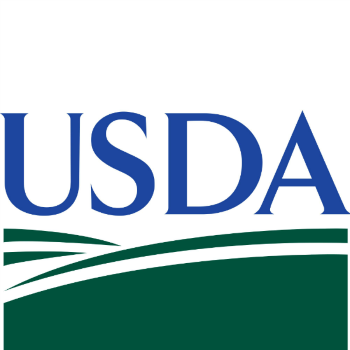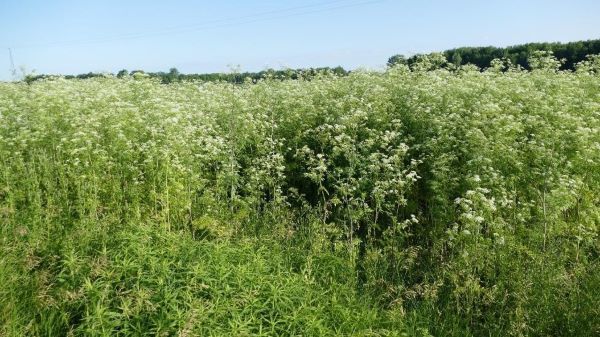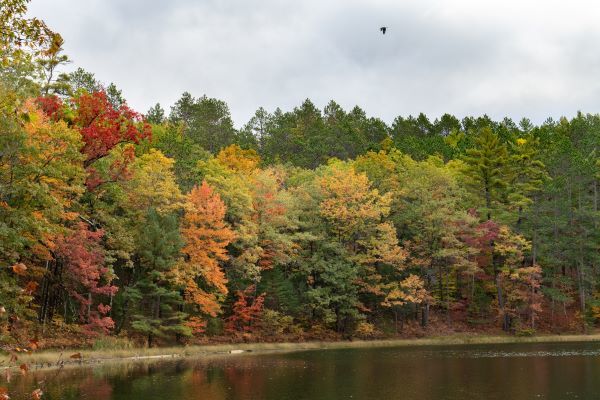|
This weekly newsletter contains information related to urban forestry and arboriculture training, research, jobs, and funding in Michigan, nationally and internationally. If you know of an event or opportunity that may be of interest to our partners, please email program coordinator Kevin Sayers.
|
Gypsy moth caterpillars have caused unsightly leaf loss and stress in trees as they spread in large numbers this year. However, their feeding season is coming to an end and there are ways to help trees recover, including watering stressed trees. The next important step in management is to scrape egg masses in the fall to reduce numbers next year.
Read our latest joint publication with the Department of Agriculture and Rural Development to learn more about this invasive species and how to protect backyard trees.
|
|
 |

The U.S. Department of Agriculture is working to identify barriers that people may face in getting the information they need from the federal agency , whether that means accessing, enrolling or participating in USDA programs and services, or simply engaging with USDA staff – and is asking the public to share opinions online or by mail.
It’s all part of the agency’s effort to implement Executive Order 13985, "Advancing Racial Equity and Support for Underserved Communities Through the Federal Government." Learn more and submit comments by July 15.
|
|
What's the buzz? This week, June 21-27, is national Pollinator Week, celebrating the bees, butterflies, bats and other wildlife that make our fields and forests thrive.
Pollinators are essential to healthy ecosystems, but they face a variety of challenges. However, there are things we can do to help such as planting native plants.
Read the pollinator special edition of the DNR news digest and get some good ideas for making your yard and property buzzworthy all year long!
|
|
 |
 Poison hemlock, a nonnative plant, is a potentially dangerous weed that can quickly spread in a backyard environment and pose a danger to pets and children.
All parts of this plant are toxic and should be handled with care when being removed; wear gloves and don't burn it to prevent inhalation.
Learn to tell the difference between hemlock and nonharmful Queen Anne's Lace (wild carrot) in an article from Michigan State University Extension.
Image by Eric Anderson, MSU Extension.
 Planting more trees is a central element of many government proposals to grow the economy, improve the environment and provide the benefits of trees to more populations. Learn more about and compare seven proposed plans in a piece shared by the World Resources Institute.
June 28-29: 2021 Green Schools Conference
June 29: Plant health care walking tour at Edsel & Eleanor Ford Estate
July 13-15: 2021 Native Youth Community Adaptation and Leadership Congress
July 15: Plant health care walking tour at historic Henry Ford Estate
July 20: Plant health care walking tour at Clinton-Macomb Public Library
July 22: Plant health care walking tour at Cranbrook Institute
|